A-Level students blog on In2science week at CASA
30 August 2022
A blog post by Luisa Martins, Maddi Malpass, Anchal Mohanty, Alexandra Hriscu, Mohammed Rohsan Islam & Tamzid Ahmed who spent In2science week at CASA in the final week of August
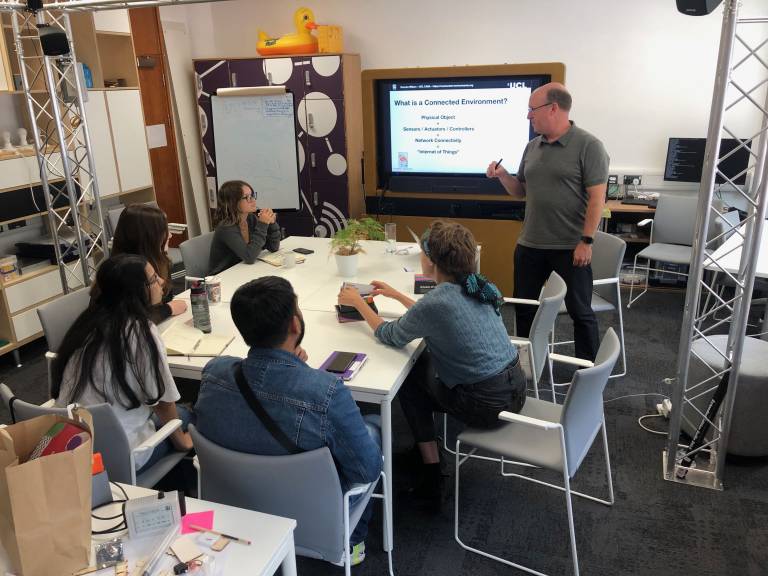
We are delighted to present below a blog by our visiting A-level students who joined us at CASA during August, summarising the work they produced.
Thanks also to Jon Reades, Duncan Wilson, Leah Lovett, Elsa Arcaute, Duncan Hay, Adam Dennett and PhD student Manny for organising.
Our In2science week placement was at the Centre for Advanced Spatial Analysis at UCL. On the first day, we had an introduction from Jon, our host, who introduced us to the difference between confidence and bragging in our personal statements. We then learnt the importance of transferable skills in the working world. We were then joined by Elsa Arcaute,who spoke to us about complex systems, where we were then introduced to emergent behaviours, fractals, and biomimicry. To sum up our first day, it was clear that architecture and construction is a very broad area of expertise.
On the second day we went on a trip to Brixton, we walked around in the working class areas and viewed a real life description of gentrification which wepreviously learnt about in a passage of a book by Ruth Glass which had helped us conceptualise gentrification. We had also previously viewed a timeline of Brixton’s gentrification from 1993-2022. Personally Iliked this because I was able to get a proper understanding of what gentrification entailed and I could apply this knowledge as we walked through Brixton and saw what the main markers were, and sawthe businesses which didn’t survive. This was reallyshocking.. And it made me feel a lot of feelings because it did not feel like there was much soul and community left in Brixton as it became so business focused and a way to make more money, which is also good but also bad, overall it was eye opening in a lot of ways helping us understand what is happening to us real time due to gentrification. We were still able to feel a sense of the Afro-Caribbean culture ingrained from the windrush movement which was nice. We also discussed the signs in the debrief. For example markers included yoga studios, bagel shops, bubble tea shops, many cafesandmore niche stores. We also saw shops that resisted gentrification that were in the market and saw the stark differences between that and the more modern newly built stores that came as a product of gentrification in Brixton.
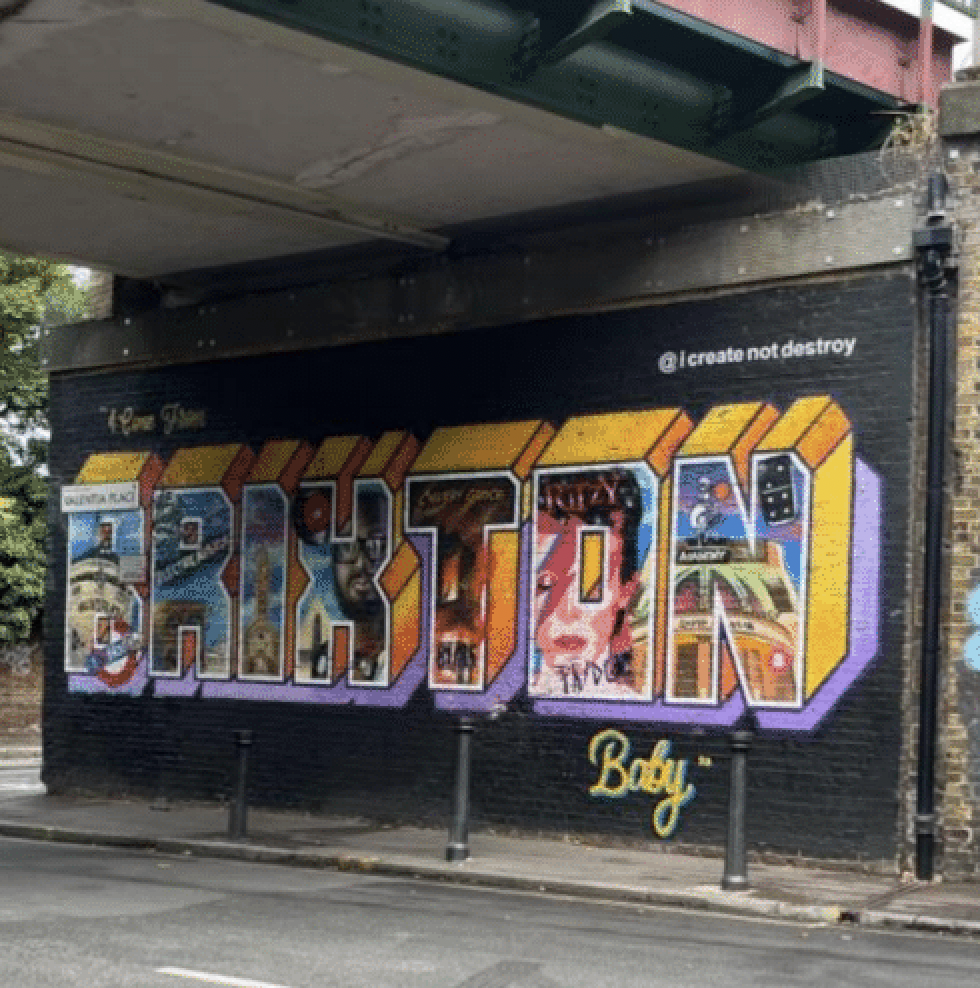
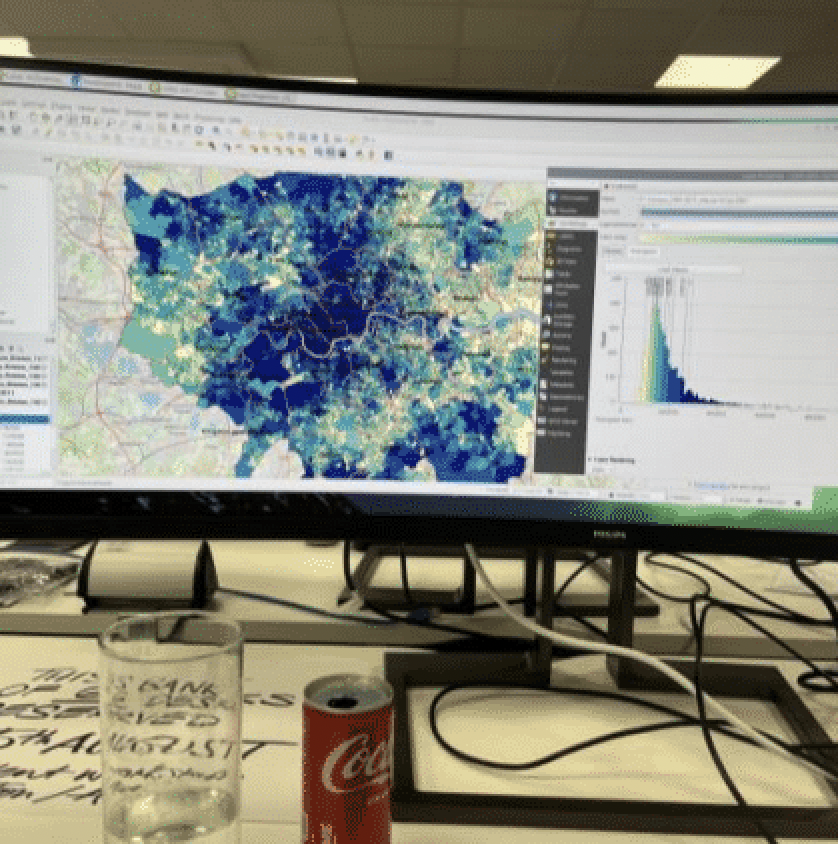
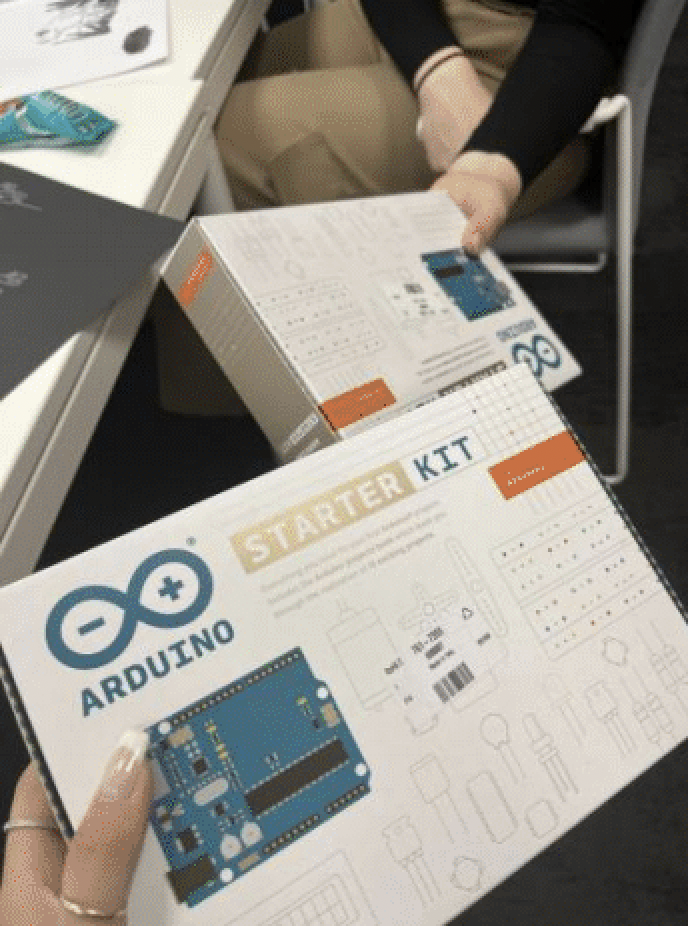
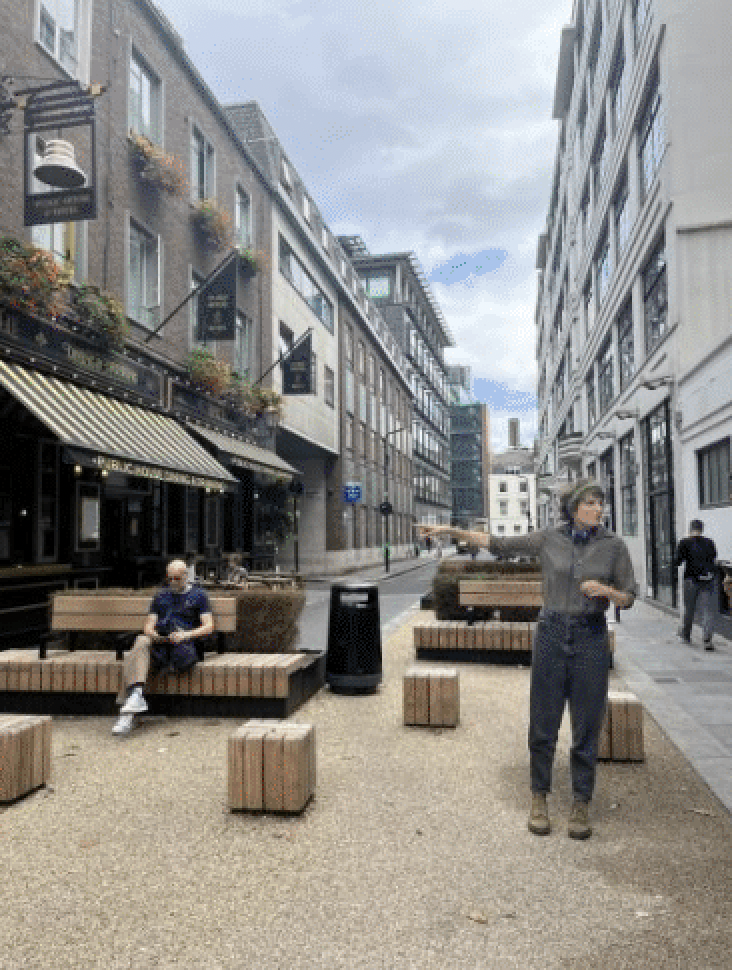
(All photos above from Luisa and Anchal)
 Close
Close

